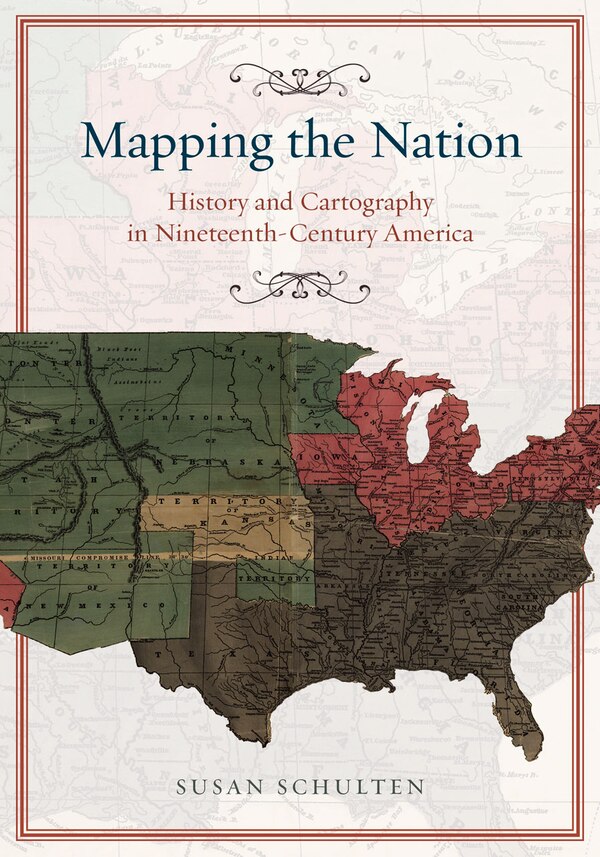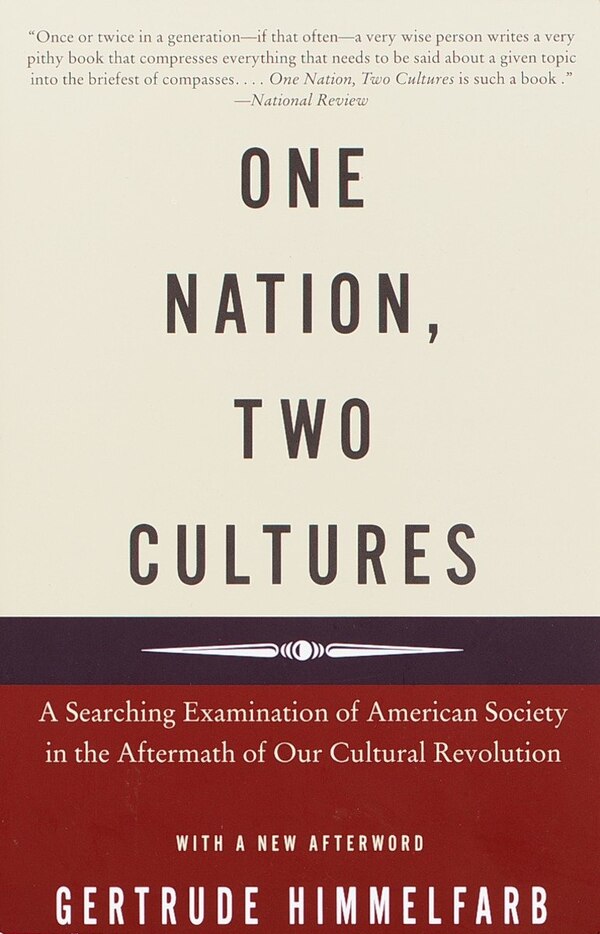Home
Designing One Nation by Katrin Schreiter, Hardcover | Indigo Chapters
Loading Inventory...
Coles
Designing One Nation by Katrin Schreiter, Hardcover | Indigo Chapters
From Katrin Schreiter
Current price: $60.50


Coles
Designing One Nation by Katrin Schreiter, Hardcover | Indigo Chapters
From Katrin Schreiter
Current price: $60.50
Loading Inventory...
Size: 1 x 9.25 x 600
*Product information may vary - to confirm product availability, pricing, shipping and return information please contact Coles
This is an open access title available under the terms of a CC BY-NC-ND 4.0 International License. It is free to read at Oxford Scholarship Online and offered as a free PDF download from OUP and selected open access locations, thanks to a generous grant from the Andrew W. Mellon Foundation. The histories of East and West Germany traditionally emphasize the Cold War rivalries between the communist and capitalist nations. Yet, even as the countries diverged in their political directions, they had to create new ways of working together economically. In Designing One Nation, Katrin Schreiter examines the material culture of increasing economic contacts in divided Germany from the 1940s until the 1990s. Trade events, such as fairs and product shows, became one of the few venues for sustained links and knowledge between the two countries after thebuilding of the Berlin Wall. Schreiter uses industrial design, epitomized by the furniture industry, to show how a network of politicians, entrepreneurs, and cultural brokers attempted to nationally re-inscribe their production cultures, define a postwar German identity, and regain economicstability and political influence in postwar Europe. What started as a competition for ideological superiority between East and West Germany quickly turned into a shared, politically legitimizing quest for an untainted post-fascist modernity. This work follows products from the drawing board intothe homes of ordinary Germans to offer insights into how converging visions of German industrial modernity created shared expectations about economic progress and living standards. Schreiter reveals how intra-German and European trade policies drove the creation of products and generated a certainconvergence of East and West German taste by the 1980s. Drawing on a wide range of sources from governments, furniture firms, industrial design councils, home lifestyle magazines, and design exhibitions, Designing One Nation argues that an economic culture linked the two Germanies even before reunification in 1990. | Designing One Nation by Katrin Schreiter, Hardcover | Indigo Chapters



















